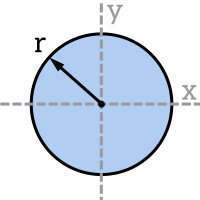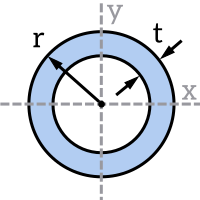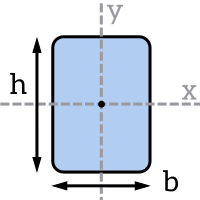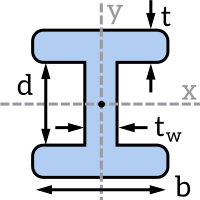Understanding Composite Materials
The development of composite materials over the last few decades has completely transformed how some of the most advanced enginering problems can be solved. But what is a composite material?
What is a composite material?
A composite is really just any material made from two or more distinct constituent materials. Usually one material, the dispersed phase, is contained within another, the matrix phase. The dispersed phase is what provides the desirable material properties, like improved strength or improved ductility. The matrix holds everything together and protects the dispersed phase from the environment.
The real strength of composites is that the dispersed and matrix materials can be carefully selected to develop a new material that has properties (mechanical, electrical, thermal, magnetic etc…) that have been tailored to suit a specific application.
What are the different types of composite materials?
Composites are often categorised according to the form of the dispersed phase. Common forms include:
- particle-reinforced composites
- short or chopped fiber-reinforced composites
- continuous fiber-reinforced composites
Concrete is an example of a particle-reinforced composite. Fiberglass and carbon fiber-reinforced polymers (CFRP) are fiber-reinforced polymers composites.
But they are also categorised according the the type of matrix material:
- polymer matrix composites (PMC)
- ceramic matrix composites (CMC)
- metal matrix composites (MMC)
The video below covers the different types of composite materials and how they are constructed and used in detail.











